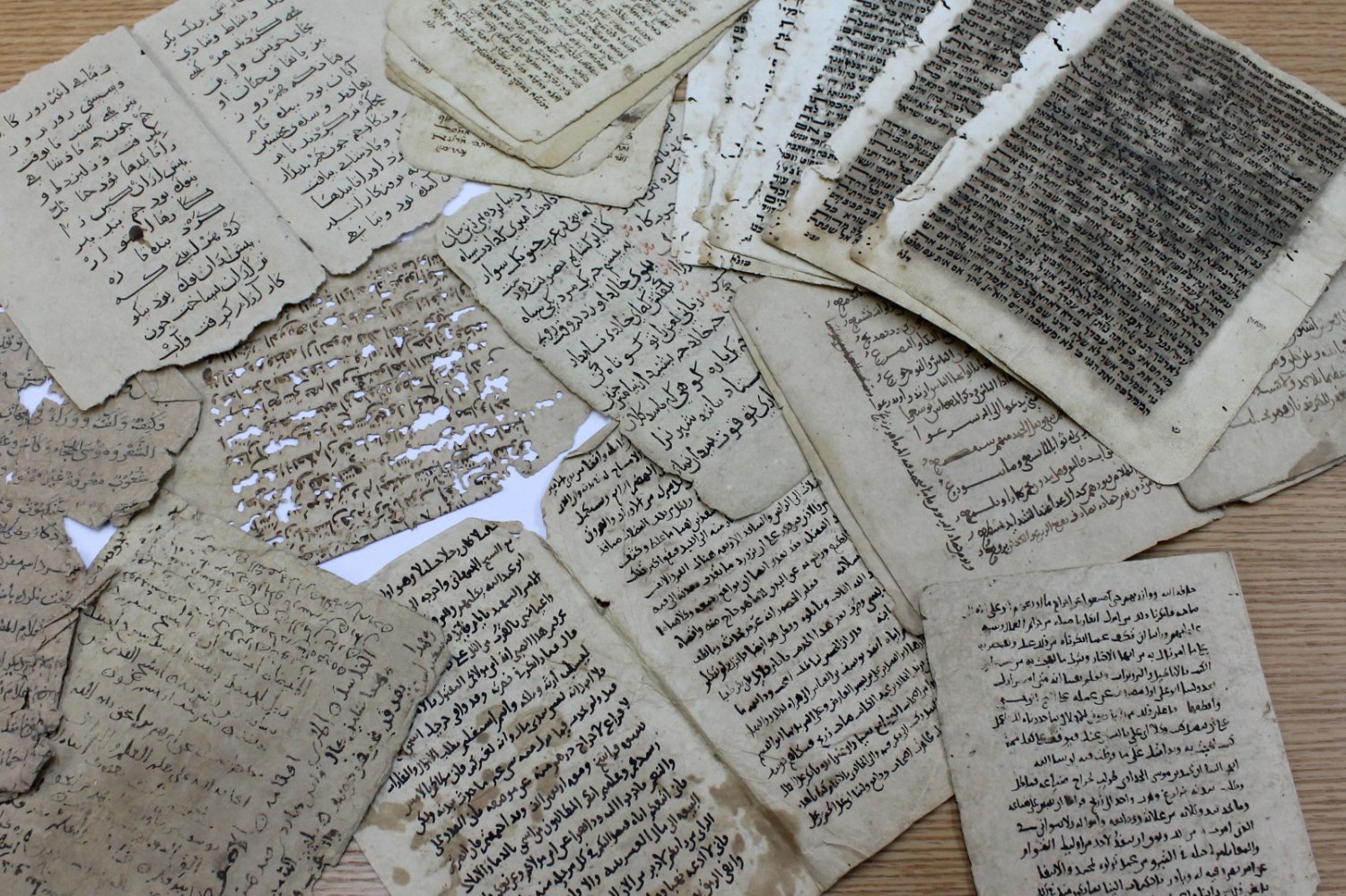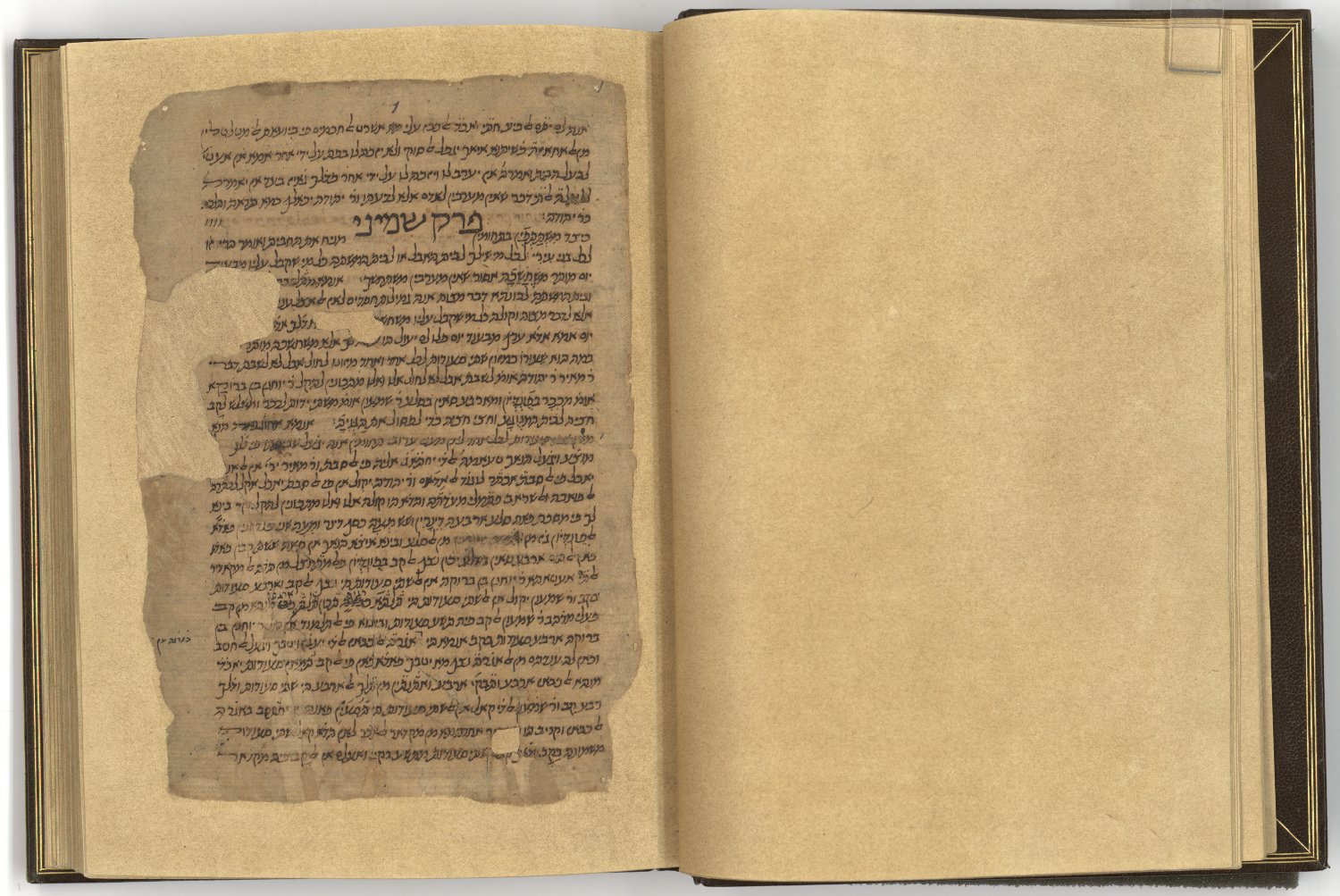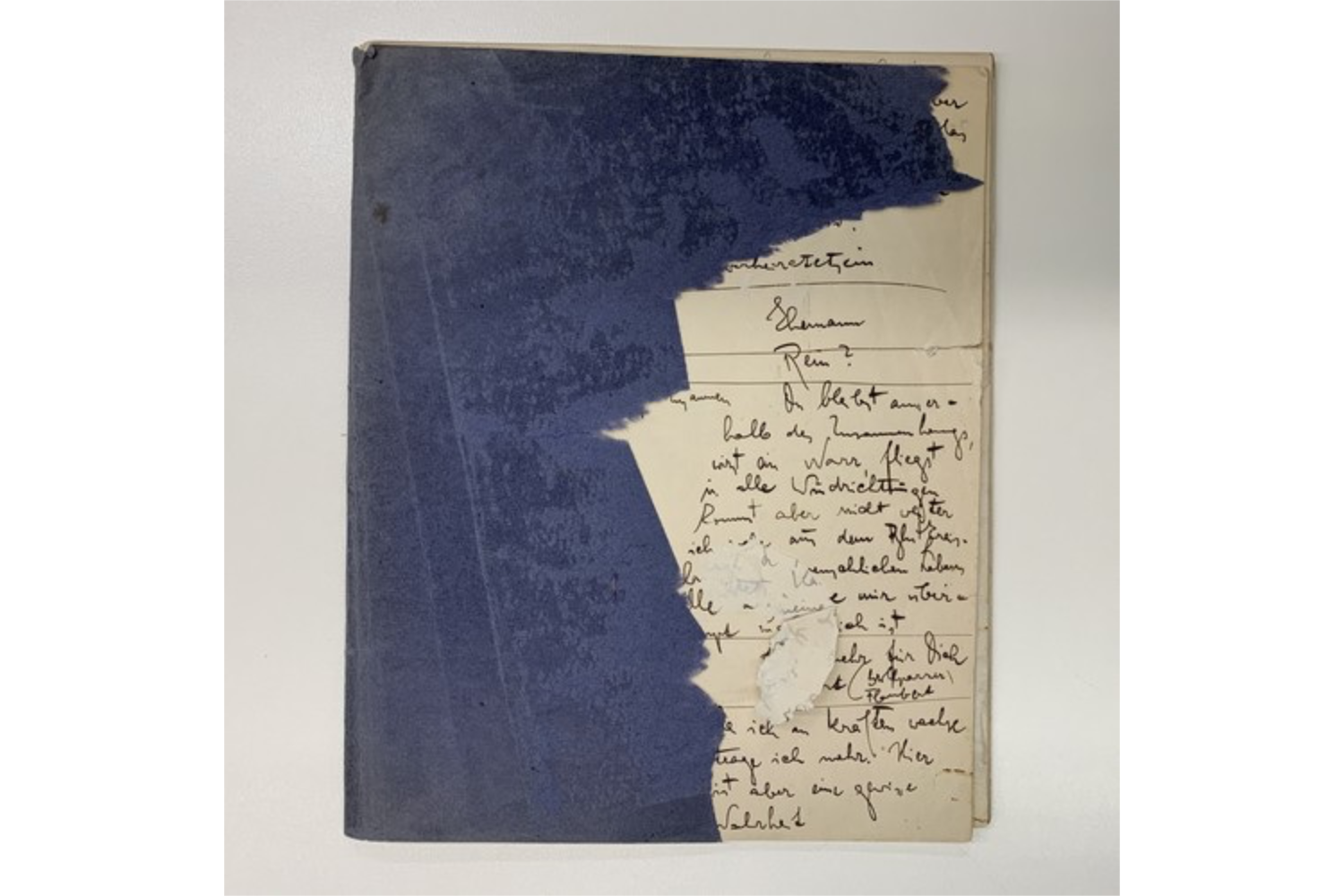After six decades in Givat Ram, the 130-year-old institution celebrated ITS move with a day devoted to its collections and history
On the eve of its imminent move to a stunning new building close to the Knesset in Jerusalem, the National Library of Israel (NLI) bid farewell last week to its current premises in Givat Ram with a day of celebrations. Entitled Epilogue, the event consisted of lectures, tours and musical performances, during which librarians and staff reminisced about their experiences and highlights in the history of the library.
A name much mentioned was that of Dr Joseph Chazanowicz, a Jewish Russian physician whose vision – and collection of 9,000 books – formed the basis of the NLI when it was established on Mount Scopus in 1925. It is said that when patients had trouble paying for his services, Chazanowicz would say to them: “Give me a book instead.” When Jordan occupied Mount Scopus in 1948 and Jews were not allowed access, a cloak-and-dagger operation was put in place to rescue the library and transfer it to West Jerusalem.
Details of this operation were revealed at the Epilogue event by Professor Haggai Ben-Shammai, former academic director of the library. During the Jordanian occupation, the library was protected by a team of Israeli police guards, whose shift changed every two weeks. This enabled the guards to smuggle out, in small packages at a time, over half of the collection. The rest had to wait until the Six Day War in 1967 to be liberated with the rest of the city.
In 1960, the NLI moved to a specially designed modernist building on the Givat Ram campus of the Hebrew University of Jerusalem. A highlight of the architecture is Mordecai Ardon’s beautiful stained-glass windows, dedicated to Isaiah's Vision of Eternal Peace. These will, of course, remain on campus.
Another fascinating speaker was storage manager Shlomo Goldberg, who recalled his encounter with Holocaust survivor Yehiel de-Nur, a writer known by his pseudonym Ka-Tzetnik 135633. One day the author requested to see a rare copy of a book of poetry he had written in Yiddish in 1931. When handed the copy, he walked off with it, set it on fire and sent the charred remains back to the library. After sending out pleas in the media, a devastated Goldberg was relieved to locate another copy of the book, which is safeguarded in the Rare Books Department.
Today, the NLI is a repository for more than five million books and thousands of manuscripts, including handwritten texts by Sephardic Jewish philosopher and prolific Torah scholar, the Rambam (commonly known as Maimonides), and the personal correspondence of Franz Kafka. A fascinating new addition is the Afghan Genizah (read more in our Winter 2022 issue), a collection of ancient Jewish documents from the 10th to the 13th centuries, which was discovered in a remote part of Afghanistan and has been compared in significance to the Cairo Genizah, which dates as far back as the 6th century. The library managed to acquire part of the collection in 2013. The documents include a text on Isaiah by Talmudic sage, Saadia Gaon, and a unique book of accounts by an 11th-century Jewish merchant.
By Helga Abraham
Header image: Architectural rendering of the new National Library of Israel building, western elevation © Herzog & de Meuron
The National Library of Israel will reopen at its new premises this autumn. Visit nli.org.il/en to find out more.







